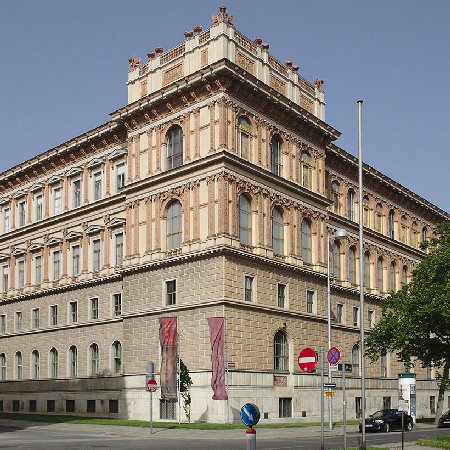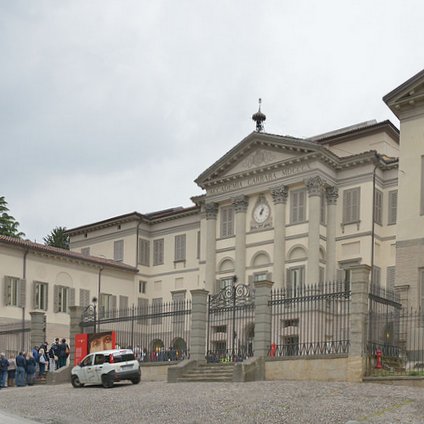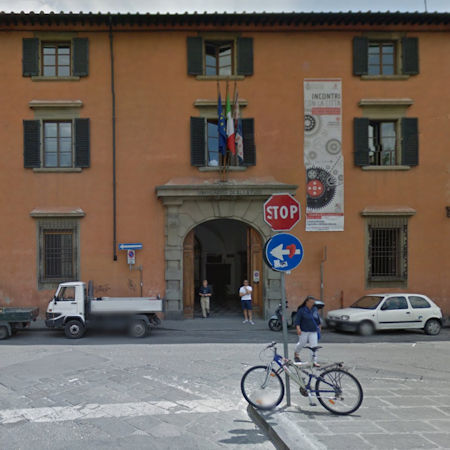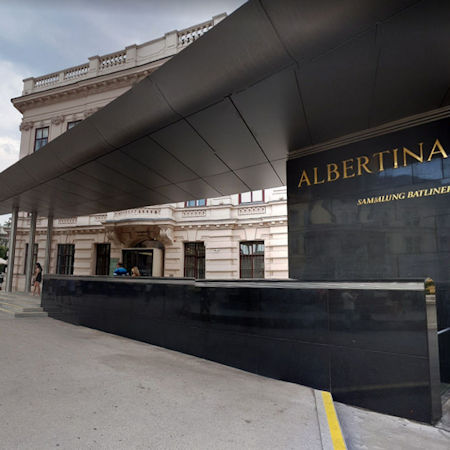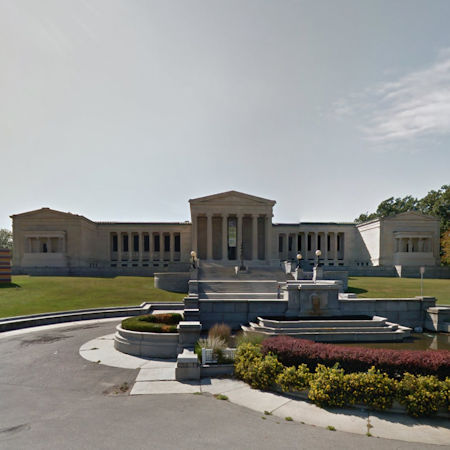Venue. An art museum is an institution dedicated to the collection, preservation, and exhibition of artistic works for public appreciation and education. One of the oldest existing art museums is the Louvre Museum in Paris, France, founded in 1793, which houses a vast array of art spanning from antiquity to the present day, including Leonardo da Vinci's iconic Mona Lisa. In contrast, a relatively new art venue is the Crystal Bridges Museum of American Art in Bentonville, Arkansas, established in 2011 by Alice Walton, focusing on American art and culture. One significant painting in its collection is Edward Hopper's Governors Island (1928), an emblematic piece of American realism. Traditionally, art museums served as repositories of cultural heritage, displaying classical masterpieces and artifacts. However, in recent years, they have evolved into dynamic spaces that embrace diverse forms of artistic expression, host educational programs, and engage with contemporary social issues. Art museums contribute significantly to society by fostering cultural understanding, inspiring creativity, and providing spaces for dialogue and reflection on the human experience. Art museums also frequently host themed temporary exhibitions which often include items on loan from other collections. In distinction to a commercial art gallery, run by an art dealer, the primary purpose of an art museum is not the sale of the items on show. Throughout history, large and expensive works of art have generally been commissioned by religious institutions and monarchs and been displayed in temples, churches, and palaces. Although these collections of art were private, they were often made available for viewing for a portion of the public. In classical times, religious institutions began to function as an early form of art gallery. Wealthy Roman collectors of engraved gems and other precious objects often donated their collections to temples. It is unclear how easy it was in practice for the public to view these items. In Europe, from the Late Medieval period onwards, areas in royal palaces, castles, and large country houses of the social elite were often made partially accessible to sections of the public, where art collections could be viewed. At the Palace of Versailles, entrance was restricted to people wearing the proper apparel-the appropriate accessories could be hired from shops outside. The treasuries of cathedrals and large churches, or parts of them, were often set out for public display. Many of the grander English country houses could be toured by the respectable for a tip to the housekeeper, during the long periods when the family were not in residence. Special arrangements were made to allow the public to see many royal or private collections placed in galleries, as with most of the paintings of the Orleans Collection, which were housed in a wing of the Palais-Royal in Paris and could be visited for most of the 18th century. In Italy, the art tourism of the Grand Tour became a major industry from the 18th century onwards, and cities made efforts to make their key works accessible.
more...



